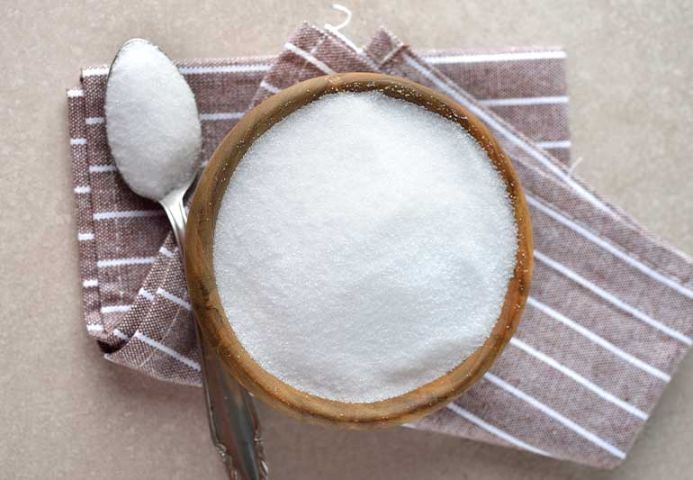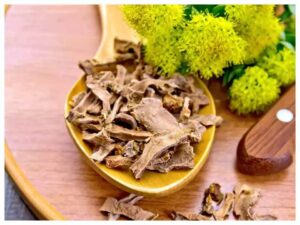Licorice root, also known as sweet root, is a plant native to Europe and Asia that has been used for thousands of years for its medicinal properties. In traditional medicine, licorice root has been used to treat a wide range of health problems, including digestive issues, respiratory conditions, skin problems, and more. In this article, we will explore the many benefits of licorice root for health, the scientific evidence supporting its use, and the different ways in which licorice root can be consumed.
History of Licorice Root
Licorice root, also known as glycyrrhiza, is a plant that has been used for its medicinal properties for thousands of years. The history of licorice root can be traced back to ancient civilizations in Asia and the Mediterranean, where it was used for a variety of purposes.
Ancient Use of Licorice Root
The first recorded use of licorice root can be traced back to ancient Egypt, where it was used as a sweetener and a cure for various ailments. The ancient Egyptians also used licorice root as an ingredient in perfumes and cosmetics.
In ancient Greece, licorice root was used as a remedy for digestive problems, respiratory issues, and skin conditions. The Greek physician, Hippocrates, wrote about the medicinal properties of licorice root in his medical treatises, which were widely read and respected in the ancient world.
In ancient China, licorice root was considered a tonic for the spleen and was used as a remedy for various ailments, including coughs, colds, and digestive problems. The ancient Chinese also believed that licorice root had properties that could improve the complexion and promote longevity.
Spread of Licorice Root to Europe
The use of licorice root spread from Asia and the Mediterranean to Europe, where it became widely used as a medicinal plant. During the Middle Ages, licorice root was used as a sweetener in Europe and was also used as a remedy for various ailments, including digestive problems, respiratory issues, and skin conditions.
In the 16th century, licorice root became a popular ingredient in European confectionery, and it was used to make candies, sweets, and other desserts. The popularity of licorice root as a sweetener led to the establishment of licorice factories in Europe, which produced licorice in large quantities for export to other countries.
Modern Use of Licorice Root
Today, licorice root is still widely used for its medicinal properties and as a sweetener. It is used to treat a variety of ailments, including digestive problems, respiratory issues, and skin conditions. Licorice root is also used as a natural sweetener in many foods and beverages, including tea, candy, and chewing gum.
Licorice root is available in various forms, including whole root, dried root, and powder. It is also available in supplement form, including capsules, tablets, and tinctures.
Benefits of Licorice Root for Health
Licorice root, also known as glycyrrhiza, is a plant that has been used for its medicinal properties for thousands of years. The root of the plant contains a number of compounds that have been found to have numerous health benefits, including anti-inflammatory, antiviral, and anti-cancer properties. In this article, we will explore some of the key health benefits of licorice root.
Antioxidant Properties
One of the key benefits of licorice root is its antioxidant properties. Antioxidants help to protect the body from damage caused by free radicals, which are unstable molecules that can cause oxidative stress and lead to cellular damage. Licorice root contains a number of compounds that have been shown to have strong antioxidant properties, including glycyrrhizin and glabridin.
Anti-Inflammatory Properties
Licorice root has also been found to have anti-inflammatory properties. Inflammation is a natural response of the body to injury or infection, but chronic inflammation can lead to a variety of health problems, including heart disease, cancer, and autoimmune diseases. Licorice root contains compounds that have been shown to reduce inflammation in the body, making it a useful tool in the management of various inflammatory conditions.
Antiviral Properties
Licorice root has also been found to have antiviral properties. The antiviral compounds in licorice root have been shown to inhibit the replication of viruses, including the herpes simplex virus, the hepatitis B virus, and the human immunodeficiency virus (HIV). This makes licorice root a potential treatment for a variety of viral infections.
Hormonal Balance
Licorice root has been found to have a positive effect on hormones in the body. The root contains compounds that have been shown to help regulate cortisol, the stress hormone, and testosterone, the male sex hormone. This can help to balance hormones in the body, reducing the risk of a variety of hormone-related health problems, including adrenal fatigue, low testosterone, and menopause symptoms.
Digestive Health
Licorice root has also been found to have a positive effect on digestive health. The root contains compounds that have been shown to help relieve digestive problems, including heartburn, acid reflux, and irritable bowel syndrome (IBS). Licorice root can also help to stimulate the production of digestive enzymes, improving the overall function of the digestive system.
Respiratory Health
Licorice root has also been found to have a positive effect on respiratory health. The root contains compounds that have been shown to help relieve respiratory problems, including coughs, colds, and bronchitis. Licorice root can also help to reduce inflammation in the respiratory tract, improving overall respiratory function.
Skin Health
Licorice root has also been found to have a positive effect on skin health. The root contains compounds that have been shown to help improve the appearance of the skin, reducing the risk of skin problems, including eczema, psoriasis, and acne. Licorice root can also help to soothe and hydrate the skin, improving its overall health and appearance.
Immune System
Licorice root has been found to have a positive effect on the immune system. The root contains compounds that have been shown to help improve the function of the immune system, reducing the risk of infections and illnesses. Licorice root can also help to stimulate the production of white blood cells, improving overall immune function.
Dosage and Precautions
Licorice root is available in various forms, including whole root, dried root, and supplements, such as capsules, tablets, and tinctures. The recommended dosage of licorice root varies depending on the form and the intended use, but it is generally safe to consume in moderation.
However, it is important to note that consuming large amounts of licorice root can result in adverse side effects, such as elevated blood pressure, decreased potassium levels, and hormonal imbalances. People with high blood pressure, heart disease, liver or kidney problems, and pregnant or breastfeeding women should avoid licorice root or consult with a doctor before taking it.
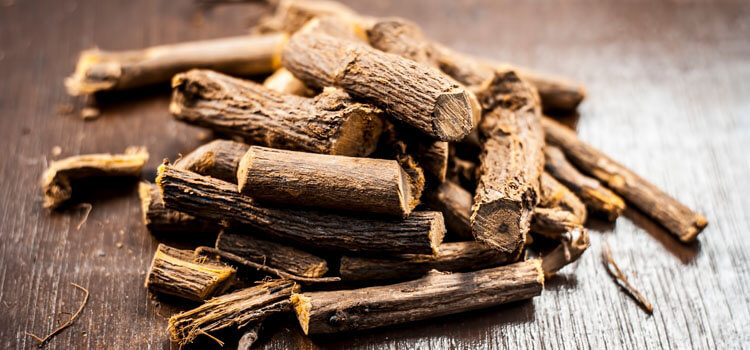
Research Studies Supporting the Health Benefits of Licorice Root
There have been numerous studies conducted on the health benefits of licorice root, and the results have been promising. Here are a few of the most notable studies:
- A study published in the Journal of Ethnopharmacology found that licorice root was effective in reducing inflammation in the respiratory tract and improving respiratory function in individuals with bronchitis.
- A study published in the Journal of Clinical Endocrinology and Metabolism found that licorice root was effective in regulating cortisol levels and reducing stress and anxiety.
- A study published in the Journal of Dermatology found that licorice root was effective in treating eczema and other skin problems due to its anti-inflammatory and soothing properties.
Historical Use of Licorice Root in Traditional Medicine
Licorice root has been used for thousands of years in traditional medicine, and its use can be traced back to ancient Greece, where it was used as a sweetener and to treat digestive problems. In China, licorice root was used as a key ingredient in traditional herbal remedies, and it was often combined with other herbs to create a potent medicinal tonic.

The Nutritional Components and Core Ingredients of Licorice Root
Licorice root is a rich source of nutrients, including vitamins, minerals, and phytochemicals. Some of the most notable nutritional components of licorice root include:
- Glycyrrhizin: This is a natural sweetener that gives licorice root its signature flavor and is also responsible for many of its health benefits.
- Flavonoids: These are powerful antioxidants that support the immune system and protect the body against cellular damage.
- Coumarins: These are compounds that have anticoagulant effects, helping to prevent blood clots and support cardiovascular health.
- Sterols: These are compounds that support hormonal balance and may help to reduce symptoms of menopause.
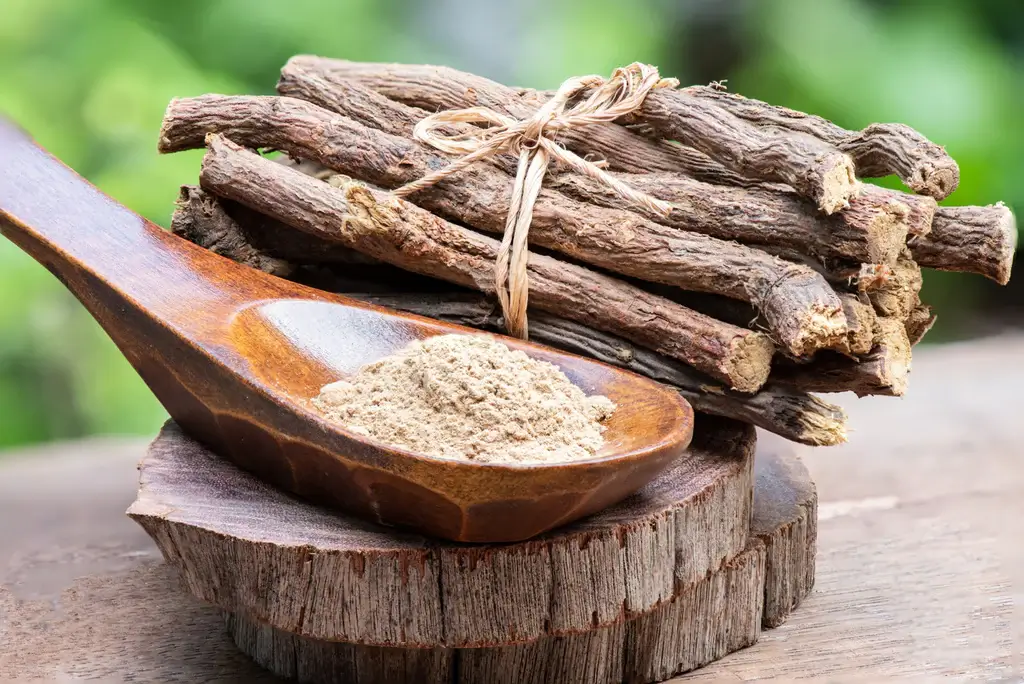
What is Glycyrrhizin
Glycyrrhizin is a compound found in licorice root. It is a type of triterpenoid saponin and is responsible for the sweet flavor of licorice. Glycyrrhizin has been the subject of numerous studies, and has been shown to have a range of health benefits, including antiviral and anti-inflammatory properties.
Research on Glycyrrhizin
Studies on glycyrrhizin have shown that it has a range of medicinal properties. For example, research has found that glycyrrhizin has antiviral activity against several types of viruses, including the herpes simplex virus and the hepatitis B virus. It has also been shown to have anti-inflammatory properties, which can help to soothe and protect the digestive system.
Additionally, glycyrrhizin has been found to have a protective effect on the liver. For example, studies have shown that glycyrrhizin can help to prevent liver damage and promote liver function in cases of liver disease.
How Glycyrrhizin Works
The exact mechanism by which glycyrrhizin works is not yet fully understood. However, it is believed to work by interacting with the body’s immune system. For example, research has shown that glycyrrhizin can stimulate the production of interferon, a protein that is involved in the body’s antiviral response.
Additionally, glycyrrhizin has been found to have a protective effect on the digestive system. It is believed to work by forming a protective coating over the lining of the stomach, which helps to soothe and protect the digestive system, and also has a protective effect on the stomach lining, helping to prevent and treat ulcers.
Potential Health Benefits of Glycyrrhizin
The potential health benefits of glycyrrhizin include:
- Antiviral activity against several types of viruses, including herpes simplex virus and hepatitis B virus.
- Anti-inflammatory properties, which can help to soothe and protect the digestive system.
- Protective effect on the liver, which can help to prevent liver damage and promote liver function in cases of liver disease.
Methods for Consuming Licorice Root
Licorice root is available in a variety of forms, including teas, supplements, and extracts. Some of the most popular methods for consuming licorice root include:
- Tea: Licorice root tea is a popular and simple way to consume this root. Simply steep dried licorice root in boiling water for 10-15 minutes, strain, and enjoy.
- Supplements: Licorice root supplements are available in capsule and extract form. It is important to follow the recommended dosage guidelines on the product label.
- Extracts: Licorice root extracts can be added to smoothies, juices
- Cooking with Licorice Root : Licorice root can be used as a sweetener and flavoring ingredient in various food and beverage recipes. Some popular examples of using licorice root in cooking are licorice tea, licorice candy, and licorice ice cream. The root can be boiled and simmered in water to make a sweet syrup or paste, which can be used in various culinary applications.
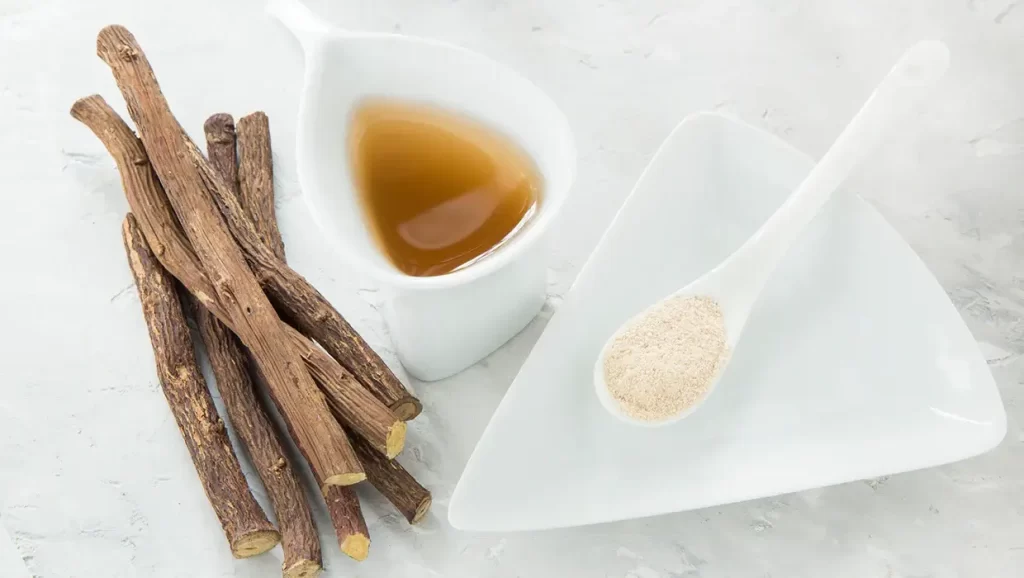
Folk Remedies that Use Licorice Root
Licorice root has been used in traditional medicine for centuries and is still used today in various folk remedies. Some popular folk remedies that use licorice root include:
- Soothing a sore throat: Licorice root tea can help soothe a sore throat and ease coughing.
- Relieving digestive problems: Licorice root tea can help relieve digestive problems, such as indigestion and heartburn.
- Easing menstrual cramps: Licorice root has been used to ease menstrual cramps and other menstrual-related symptoms.
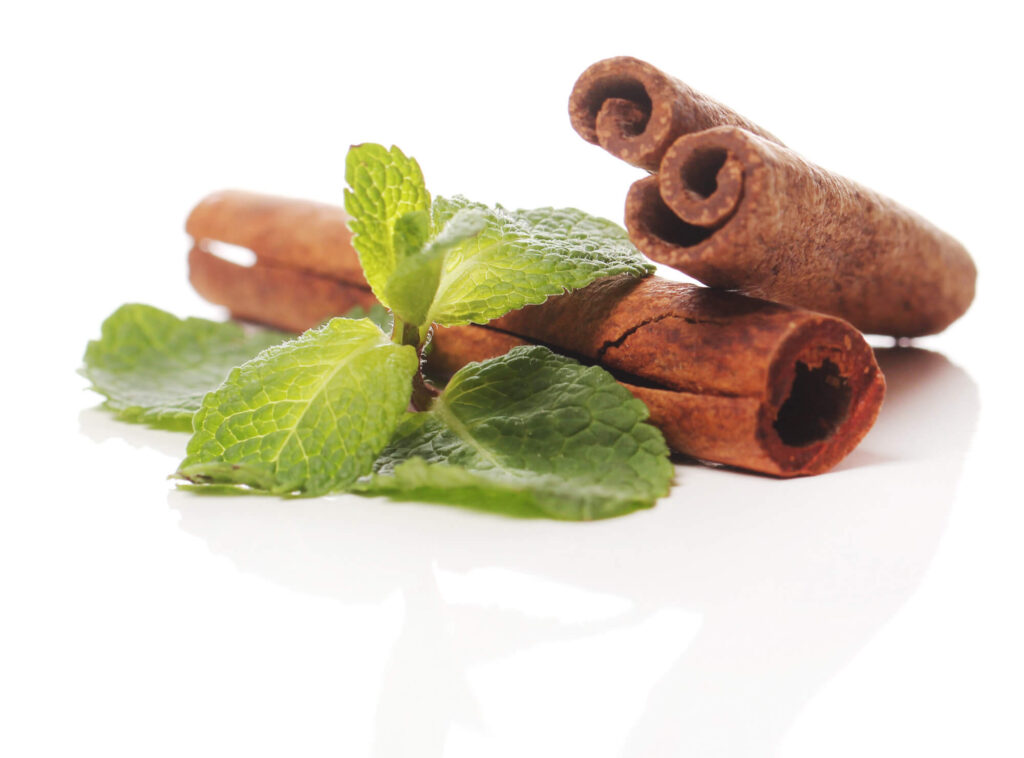
Potential Side Effects and Precautions to Consider When Using Licorice Root
Although licorice root is generally considered safe when used in moderation, there are some potential side effects and precautions to consider.
- High blood pressure: Consuming large amounts of licorice root can lead to high blood pressure.
- Interactions with medications: Licorice root can interact with certain medications, such as diuretics and corticosteroids.
- Pregnancy and breastfeeding: It is not recommended to consume licorice root in large amounts during pregnancy and breastfeeding.
It is always best to talk to your healthcare provider before taking any new supplements or remedies, including licorice root.

